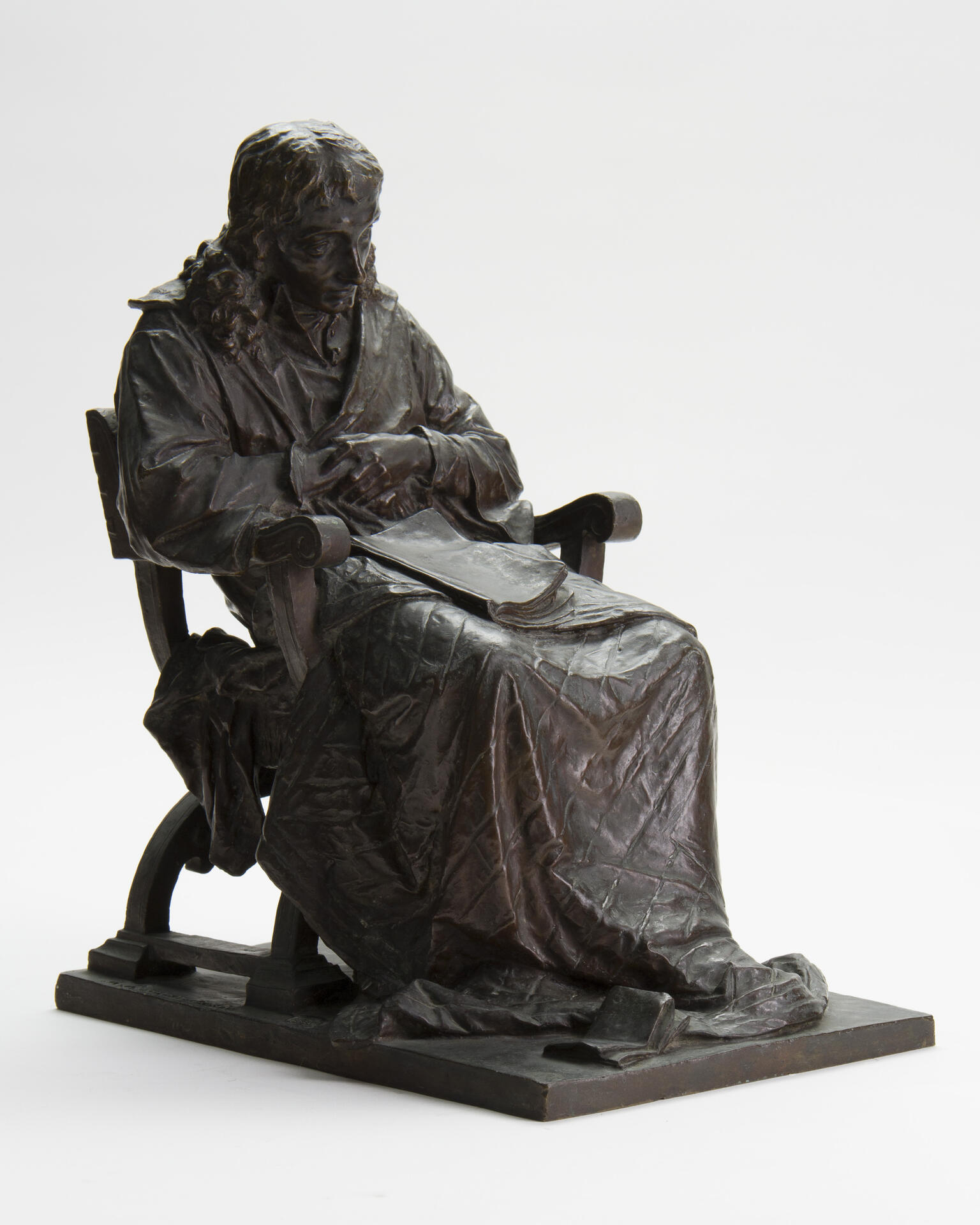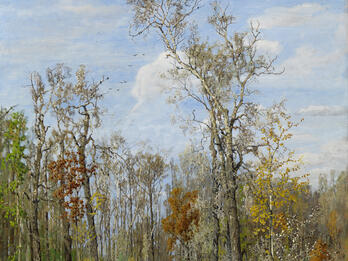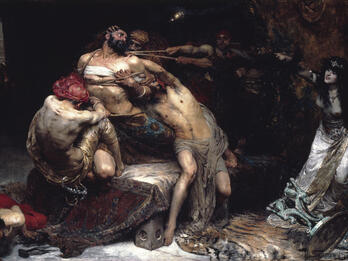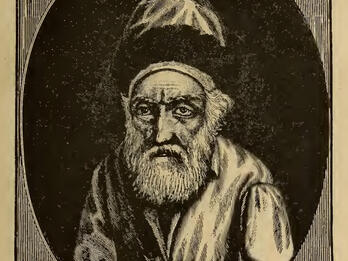Spinoza
Mark Antokolski
1882

Creator Bio
Mark Antokolski
Born in Vilna, Mark Antokolski studied at the Imperial Academy of Fine Arts in St. Petersburg, where, in 1864, he won the Great Silver Medal for A Jewish Tailor. Other early sculptures on Jewish history were The Miser (1865), The Kiss of Judah Iscariot (1867), The Talmudic Debate (1869), and Inquisition (1869). When Antokolski turned his attention to Russian history, his Ivan the Terrible (1871) impressed Emperor Alexander II, who acquired it for the Hermitage. Other Russian subjects included Peter the Great, Tolstoy, and Turgenev. In the 1870s, Antokolski left Russia and settled first in Rome and then, from 1877, in Paris, where his subject matter included figures from the European philosophical and humanist tradition, including Socrates and Spinoza. Antokolski won first prize in sculpture at the Paris Exposition of 1878.
Related Guide
Spinoza and the Heterodox Challenge
Baruch Spinoza is notable for rejecting Judaism without converting to Christianity. After his excommunication from Amsterdam's Sephardic community, he developed the basis of modern biblical criticism.
You may also like

In der Krieau

The Poultry Market

Samson

Portrait of Menachem Mendel Schneerson (Tsemakh Tsedek)

A Son of the Ancient Race


